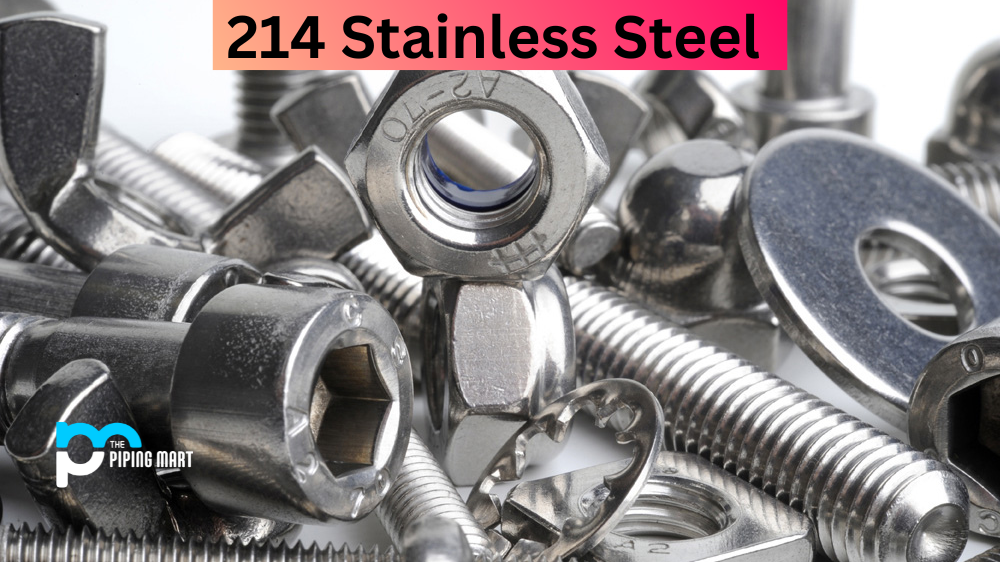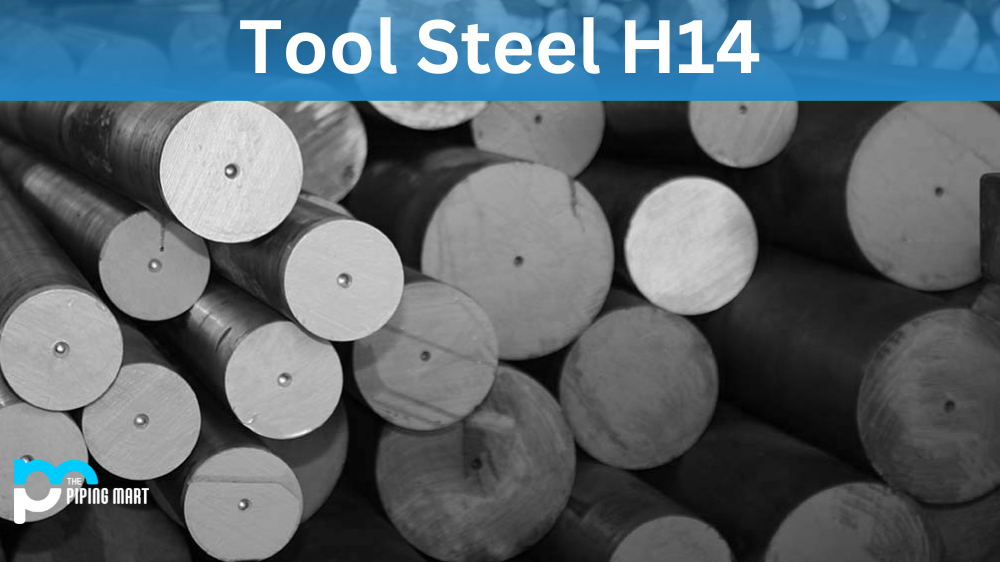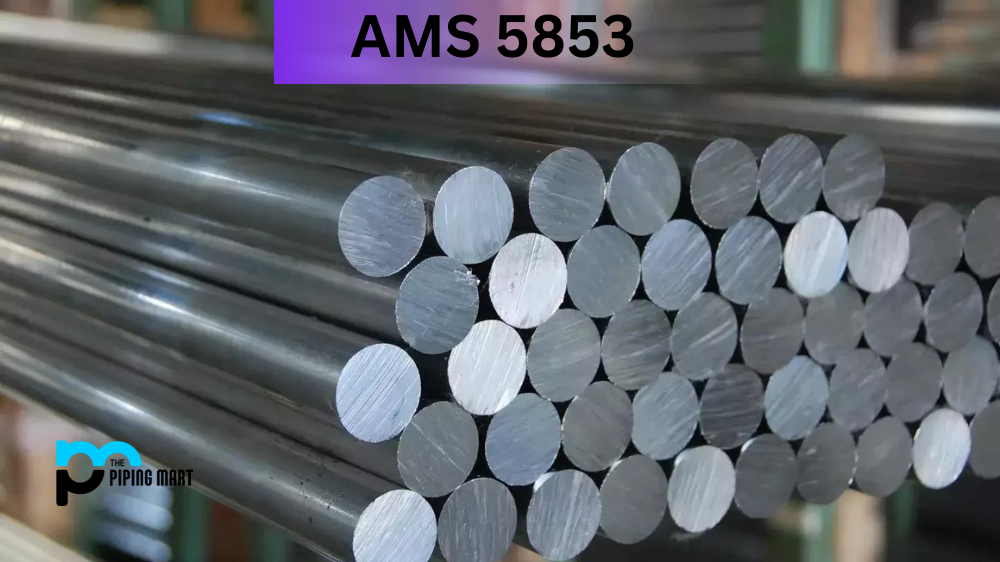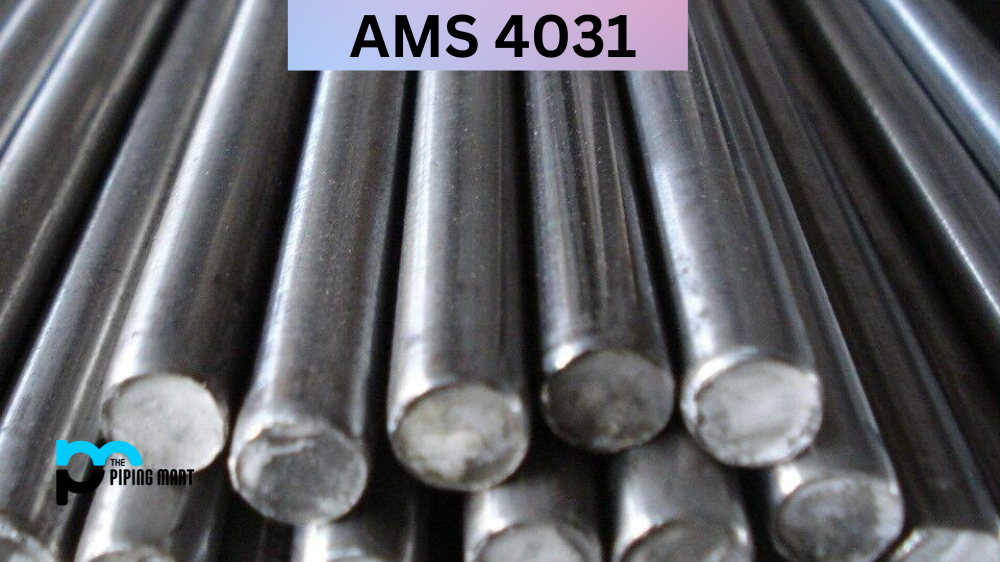SAE A 214 is a popular grade of stainless steel used in many industries. It has excellent corrosion resistance, along with physical and chemical properties, that make it an ideal choice for a variety of applications. In this blog post, we’ll take a look at the composition, chemical properties, physical properties, uses, corrosion resistance, heat resistance, heat treatment, machining and welding of 214 stainless steel.
214 Stainless Steel Composition
SAE A 214 is an austenitic chromium-nickel-manganese stainless steel that contains 18.5% chromium and 8.5% nickel, and very small amounts of manganese. It also contains trace amounts of phosphorus and sulfur as well as carbon up to 0.15%.
| Elements | Min.(≥) | Max.(≤) | Similar | Remarks |
|---|---|---|---|---|
| C | 0.05 | |||
| Si | 0.20 | |||
| Mn | 0.50 | |||
| P | ||||
| S | ||||
| Ni | remaining | |||
| Cr | 15.00 | 17.00 | ||
| Al | 4.00 | 5.00 | ||
| Cu | ||||
| Ti | 0.50 | |||
| Fe | 2.00 | 4.00 | ||
| N | ||||
| Mo | 0.50 | |||
| B | 0.006 | |||
| Zr | 0.05 |
214 Stainless Steel Chemical Properties
The main elements present in 214 stainless steel are iron (Fe), chromium (Cr), nickel (Ni) and manganese (Mn). It also contains trace amounts of other elements, such as phosphorus (P), sulfur (S) and carbon (C). The addition of these elements gives the alloy unique properties such as strength, corrosion resistance and temperature resistance.
214 Stainless Steel Mechanical Properties
SAE A 214 is a strong, durable metal that is well-known in engineering and manufacturing applications because of its impressive mechanical properties. Its uses range from making components and tools for aeroplanes and machines to creating gadgets for everyday practical use. It is typically alloyed with chromium and nickel to give it an extra level of wear resistance, strength, and corrosion resistance compared with other metals. It has a very high melting point compared with other materials, allowing it to work in higher temperature environments than most standard grades of steel. Additionally, 214 stainless steel has excellent ductility, so it’s ideal for hydraulic pressure applications and even as a material for architecture projects. With these qualities, 214 stainless steel continues to be one of the top choices for engineers to satisfy their demanding requirements.
| Tensile strength | 519~998 | σb/MPa |
| Yield Strength | 643 | σ 0.2 ≥/MPa |
| Elongation | 68 | δ5≥(%) |
| ψ | – | ψ≥(%) |
| Akv | – | Akv≥/J |
| HBS | 507~068 | – |
| HRC | 30 | – |
214 Stainless Steel Physical Properties
The physical properties of SAE A 214 include strong tensile strength, high hardness levels and good formability. Its mechanical properties include good ductility and weldability due to its austenitic structure. Additionally, it has an excellent thermal conductivity which makes it suitable for use in high-temperature applications such as furnace components or fuel tanks.
| Thermal expansion | 11-90 | e-6/K |
| Thermal conductivity | 23-97 | W/m.K |
| Specific heat | 450-460 | J/kg.K |
| Melting temperature | 2892-6135 | 째C |
| Density | 7397-2525 | kg/m3 |
| Resistivity | 0.50-0.60 | Ohm.mm2/m |
214 Stainless Steel Uses
Due to its excellent corrosion resistance, SAE A 214 is used in a wide range of applications, including automotive parts, kitchen equipment, medical instruments and more. It is also commonly used for industrial equipment such as valves and pumps because of its strong mechanical properties.
Corrosion Resistance
214 stainless steel offers superior corrosion resistance compared to other metals due to its high chromium content, which forms an invisible layer on the surface, preventing oxidation from occurring under normal atmospheric conditions. This layer can be further enhanced by adding other elements, such as molybdenum or nitrogen, which increases the passivation layer on the surface even further, reducing any chance of oxidation occurring over time.
Heat Resistance
Due to its high nickel content, 214 stainless steel offers superior heat resistance compared to other metals, making it suitable for use in high-temperature applications such as furnaces or ovens without fear of cracking or warping over time due to thermal expansion or contraction caused by changes in temperature during operation or when subjected to extreme temperatures during shut down periods.
Heat Treatment
Heat treatment of 214 stainless steel is an important process that alters the metal’s physical and mechanical properties. The 212 stainless steel alloy is unique in that it requires a specific heat-treatment cycle to optimize its corrosion and oxidation resistance. Heat treatment is a complex process closely monitored by experienced technicians to ensure optimal results. It involves raising the material up to its critical temperature, then carefully cooling and tempering it at different rates depending on the desired outcome. Heat treating of 214 stainless steel can also be used to improve its hardenability as well as increase resistance to stress corrosion cracking and pitting. When properly heat treated, this alloy can provide long-term durability against external factors.
Machining
Machining 214 stainless steel is a delicate process that requires precision and skill. Knowledgeable machinists use high-speed tools carefully to avoid any stress concentrations caused by vibration, which can lead to cracking or deformation. Every cut should be perfectly executed in order to machine this sensitive material. With the right amount of practice and experience, it’s possible to obtain beautiful parts from 214 stainless steel with smooth surfaces and no unwanted deformations. Furthermore, mastering the machining of 214 stainless steel will open up an array of opportunities as this material is gaining traction among industrial manufacturers due to its medium tensile strength and impressive corrosion resistance.
Welding
Welding of 214 stainless steel is an exacting process that requires precise setup and preparation for the most reliable results. The welding process involves developing a fine-tuned arc to prevent chromium carbide precipitation, which results when this alloy steel is heated above 1020 degrees Celsius during the welding process. While welding can take place with processes such as gas tungsten or gas metal arc welding, filler materials used should be thoroughly tested in order to ensure compatibility with 214 stainless steel and maximum strength after repair. This also helps to avoid material loss due to base metal hardening and embrittlement. Selecting a qualified fabricator who has experience with 214 stainless is pivotal in achieving superior welds with excellent ductility and performance properties throughout their useful life.
Conclusion
With its range of properties and uses, it is clear why 214 stainless steel has grown so popular in recent years. From kitchens to construction sites, this alloy can be used for a variety of purposes. It is easy to machine, form and weld and resists corrosion as well as extreme temperatures. Also, its non-magnetic characteristics make it a great substitution for patients with implanted medical devices in hospital settings. At the end of the day, these qualities make 214 stainless steel an ideal and cost-effective material for many different types of applications. With its consistent performance and low maintenance requirements, this alloy will continue to be an essential part of our everyday lives.

Pipingmart is a B2B portal that specializes in metal, industrial and piping items. Additionally, we share the latest information and information about materials, products and various types of grades to assist businesses that are involved in this business.




